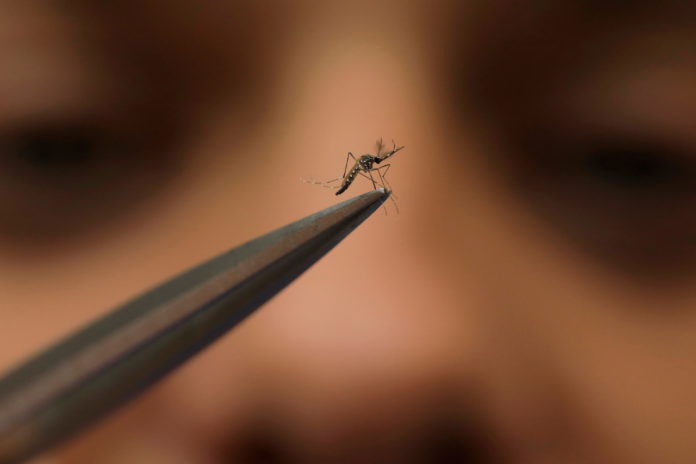The CDC has issued an alert about the rising risk of dengue infections in the United States. As global temperatures climb and international travel picks up again, dengue fever, a mosquito-borne virus once mostly found in tropical areas, is now spreading to new places, including parts of the U.S.
Dengue is spread by the Aedes aegypti and Aedes albopictus mosquitoes, which are becoming more common in the southern United States. These mosquitoes love warm, humid environments and often breed in urban areas with standing water. The CDC’s alert emphasizes the need for public awareness and preventive actions to reduce the risk of dengue.
Dengue fever symptoms include high fever, severe headaches, pain behind the eyes, joint and muscle pain, rash, and mild bleeding from the nose or gums. Severe cases can develop into dengue hemorrhagic fever or dengue shock syndrome, which can be deadly if not treated quickly.
To protect yourself and your community from dengue, the CDC recommends several preventive measures:
1. Use Mosquito Repellent: Apply insect repellents with DEET, picaridin, or oil of lemon eucalyptus.
2. Wear Protective Clothing: Long-sleeved shirts, long pants, socks, and shoes can help reduce mosquito bites.
3. Keep Mosquitoes Out: Use screens on windows and doors, and sleep under mosquito nets if you’re outdoors or in areas without screens.
4. Eliminate Standing Water: Regularly check and empty items that collect water, like flower pots, buckets, bird baths, and gutters, to stop mosquitoes from breeding.
The CDC is working with state and local health departments to monitor and control mosquito populations and educate the public about dengue risks. Increased surveillance and quick responses to outbreaks are vital to prevent the disease from spreading.
As the climate changes and global travel increases, mosquito-borne illnesses like dengue will likely become more common. Staying informed and taking steps to protect yourself and your community is key to fighting the spread of dengue fever in the U.S.




